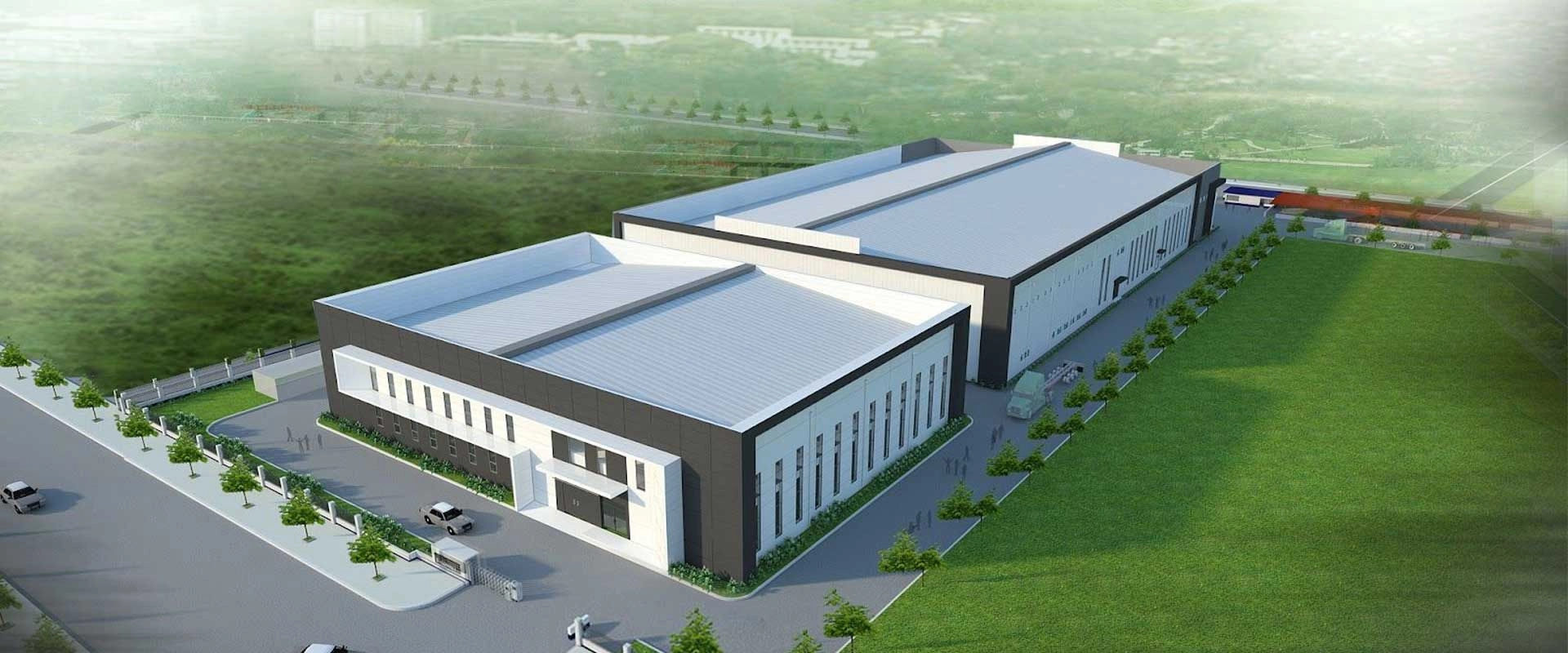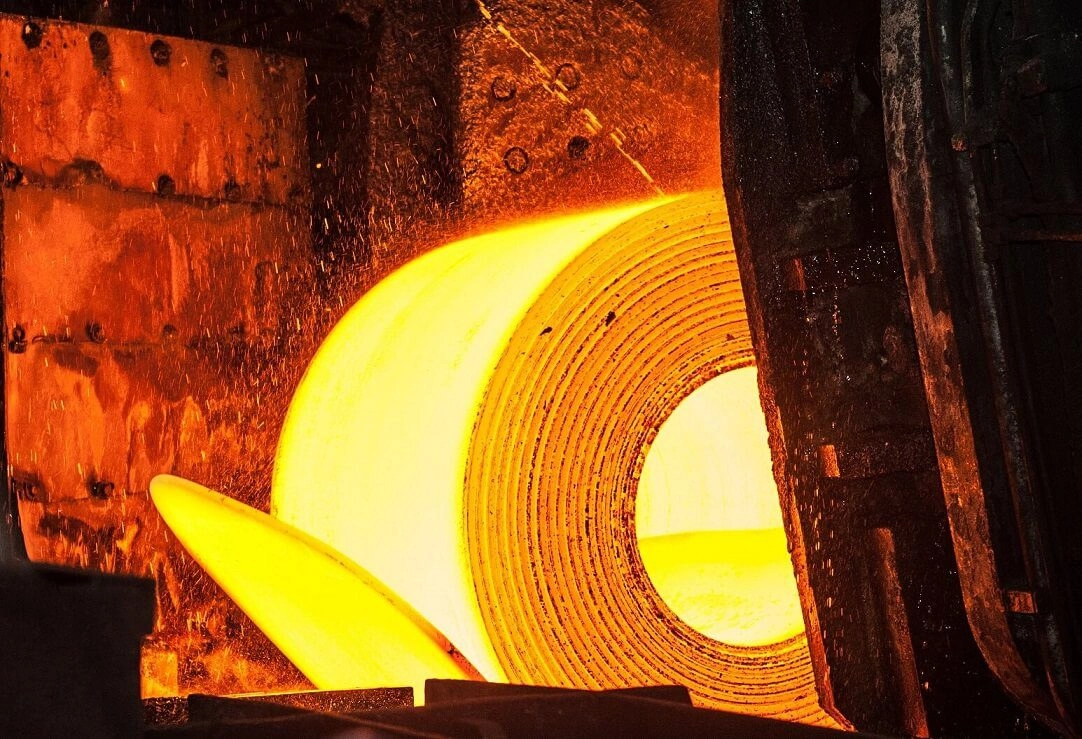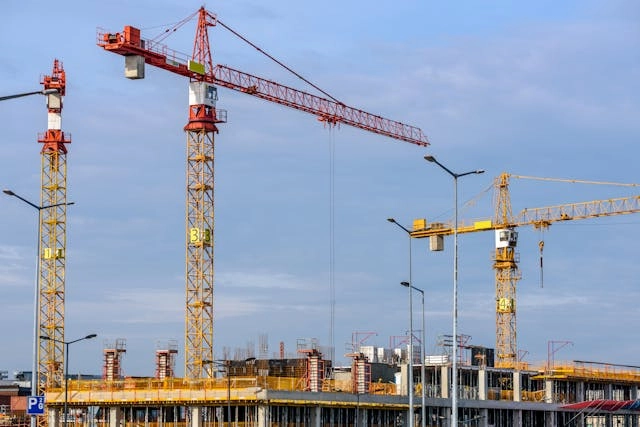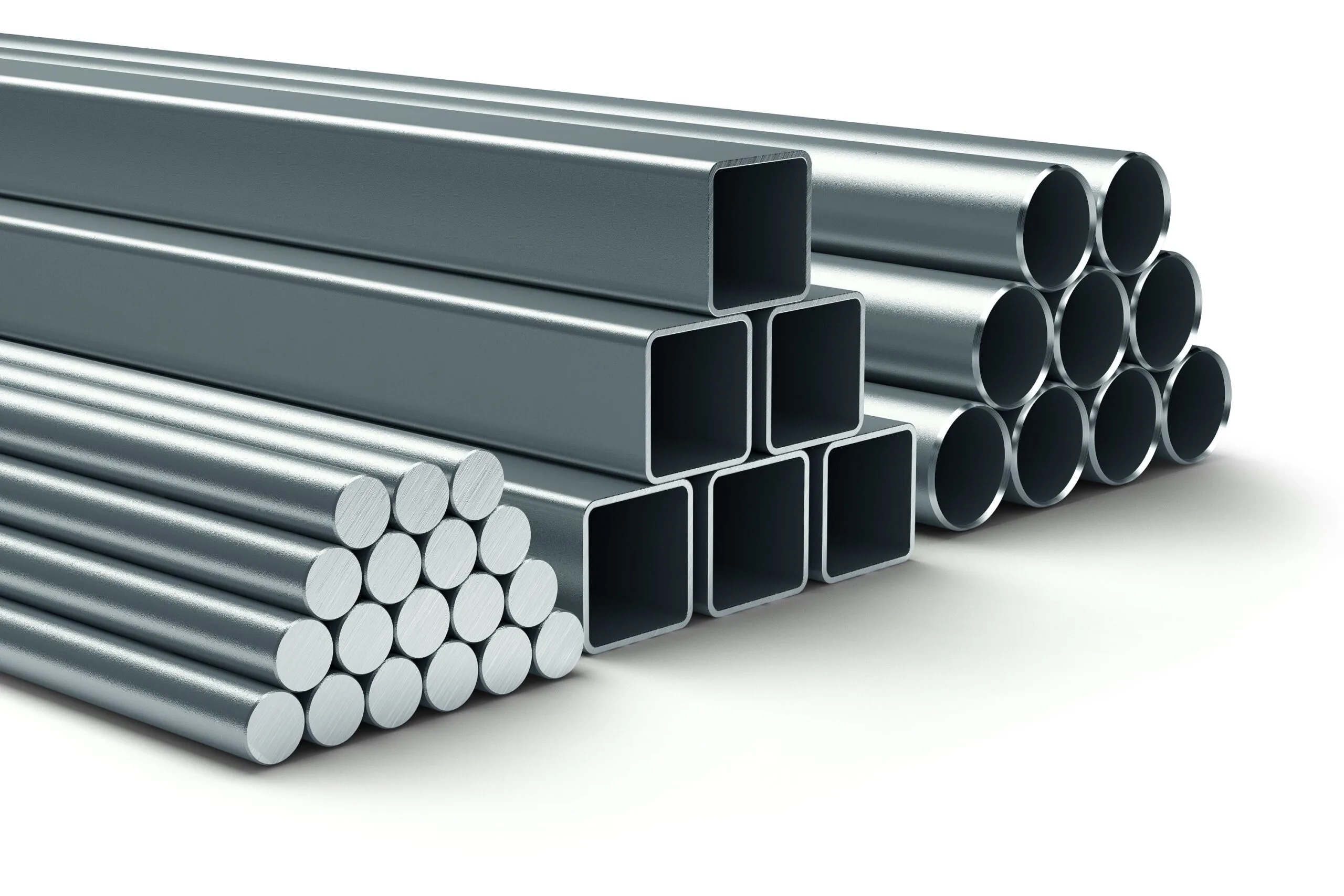Energy-Efficient Factory Designs
In today’s industrial world, factories are not only known for their production capacity but also for their environmental impact. When factory designs are optimized for energy efficiency, it is possible to both reduce operating costs and minimize negative environmental effects. Energy-efficient factory designs offer sustainable production processes that support environmentally friendly and cost-effective solutions in the long run.
What is Energy Efficiency and Why is it Important?
Energy efficiency refers to the reduction in the amount of energy used to produce a good or service. Energy-efficient designs leverage various technologies, materials, and construction techniques to reduce energy consumption and ensure more efficient resource use. In factories, energy efficiency can be achieved not only by directly reducing energy consumption but also through methods like heat recovery systems, renewable energy sources, low-energy machinery, and smart building management systems.
Energy-Efficient Factory Design: Key Elements
Energy-efficient factory designs include the following key components:
1. Insulation and Proper Air Circulation
The first step in improving a factory’s energy efficiency is ensuring proper insulation. High-quality insulation materials prevent heat loss and reduce heating or cooling needs. In addition, proper air circulation in factories helps distribute heat evenly, optimizing energy use, which is crucial in large production areas.
2. Solar Energy and Other Renewable Energy Sources
The use of renewable energy sources in factories is a significant step towards energy efficiency. Solar energy can be harnessed through solar panels installed on factory roofs to meet the facility’s electricity needs. Additionally, wind energy and biomass can be used as alternative energy sources. The adoption of these energy sources reduces the environmental footprint and lowers long-term energy costs.
3. Energy-Efficient Lighting and HVAC Systems
To save energy, factories should incorporate efficient lighting systems and HVAC (Heating, Ventilation, and Air Conditioning) systems. Energy-efficient lighting solutions such as LED lights reduce energy consumption. Moreover, energy-efficient HVAC system designs lower heating and cooling costs. Heat recovery systems can further improve the efficiency of these systems.
4. Smart Factory Management Systems
With technological advancements, factories now use digital solutions to become more efficient. Smart factory management systems monitor energy consumption and enable optimization. These systems provide real-time data on energy use and offer suggestions for improvements. They also help ensure the efficient distribution of energy across production processes.
5. Low-Energy Consumption Manufacturing Equipment and Automation
The energy efficiency of the machinery used in factories is a critical factor in saving energy. Low-energy consumption machinery can reduce energy costs in production. Moreover, automation systems help streamline production processes, minimizing energy consumption. These machines and automation solutions prevent energy waste and promote sustainable manufacturing.
6. Waste Management and Energy Recovery
Energy-efficient factory designs also include waste management and energy recovery systems. Waste produced during manufacturing can be reused through energy recovery systems. Recovering waste heat boosts energy efficiency and reduces environmental impact. Additionally, factories can recycle wastewater for reuse, thus reducing water consumption.
Advantages of Energy-Efficient Factory Designs
Energy-efficient factory designs offer several benefits to businesses:
- Cost Savings: Reducing energy consumption lowers operational costs, which can significantly impact large-scale factories in the long term.
- Environmentally Friendly Manufacturing: Energy-efficient factories reduce carbon footprints, protecting the environment. The use of renewable energy and waste management helps minimize environmental effects.
- Long-Term Profitability: Investments in energy-efficient designs lead to reduced costs and increased profitability. Financial incentives such as government grants and rewards may also be available.
- Employee Comfort and Health: Proper air circulation and efficient HVAC systems improve employee comfort, which leads to increased productivity and satisfaction.
Conclusion
Energy-efficient factory designs have become a necessity for sustainable manufacturing processes. By investing in energy-efficient designs, factory owners can reduce costs while fulfilling their environmental responsibilities. These designs contribute to more efficient, sustainable, and environmentally friendly industrial production in the future.






